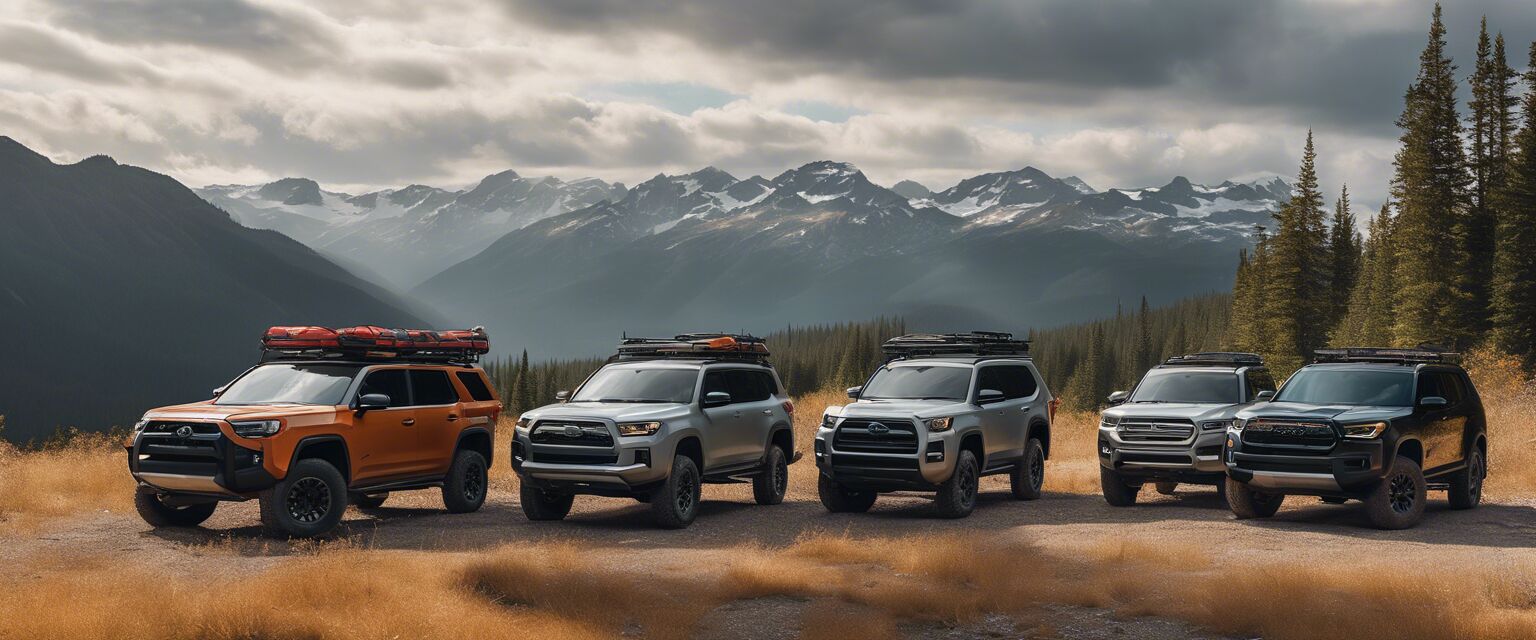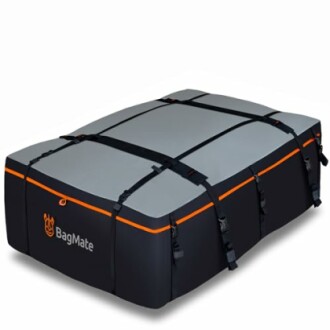
Evaluating Roof Rack Materials: Which is Best?
Key Takeaways
- Roof racks come in various materials such as aluminum, steel, and plastic.
- Choosing the right material depends on your specific outdoor activities and vehicle compatibility.
- Each material has its pros and cons in terms of weight, durability, and cost.
- Understanding the features of each material can help you make an informed decision.
When it comes to outdoor adventures, having the right roof rack is essential for transporting gear safely and efficiently. However, one crucial factor that often goes overlooked is the material of the roof rack itself. In this article, we will evaluate various roof rack materials and their pros and cons to help you make an informed decision based on your needs.
Types of Roof Rack Materials
Roof racks can be made from several different materials, each offering unique advantages and disadvantages. Here is a breakdown of the most common materials used in roof racks:
| Material | Weight | Durability | Cost | Ideal For |
|---|---|---|---|---|
| Aluminum | Lightweight | Highly durable | Moderate to high | Fuel efficiency & easy handling |
| Steel | Heavy | Very durable | Low to moderate | Heavy loads and extreme conditions |
| Plastic | Lightweight | Less durable | Low | Light loads and temporary use |
Aluminum Roof Racks
Aluminum roof racks are popular choices for those looking for a lightweight and durable option. They are often used in cars to improve fuel efficiency without adding excessive weight.
Pros
- Lightweight and easy to install
- Corrosion-resistant
- Good fuel economy
Cons
- Can be more expensive than steel
- Less robust for very heavy loads
Steel Roof Racks
Steel roof racks are ideal for those who regularly transport heavy loads, making them great for adventures like camping or hauling equipment. They are built for strength and stability.
Pros
- Extremely durable
- Can handle heavy loads
- Stable in extreme conditions
Cons
- Heavier than aluminum
- Prone to rust if not coated
Plastic Roof Racks
Plastic roof racks are a more budget-friendly option and are usually lightweight. They're suitable for lighter gear and temporary use.
Pros
- Budget-friendly
- Lightweight
- Easy to install
Cons
- Less durable over time
- Not ideal for heavy loads
Choosing the Right Roof Rack Material
When choosing the right roof rack material for your needs, consider the following factors:
- Weight Capacity: Ensure the material can handle the weight of your gear.
- Type of Activities: Consider what you'll be using the rack for—light camping or heavy hauling will dictate different materials.
- Budget: Your investment can vary based on the material, so choose accordingly.
Product Recommendation: Heavy-Duty Waterproof Roof Bag
If you're looking for a versatile option to enhance your outdoor adventures, consider the Heavy-Duty Waterproof Roof Bag. This 23 cubic feet rooftop cargo carrier is designed to keep your belongings safe and secure, whether using it on a roof rack or attaching it directly to your vehicle.
Heavy-Duty Waterproof Roof Bag
Ideal for road trips or camping, this soft luggage carrier is waterproof and easy to install, making travel hassle-free.
Learn MoreConclusion
Choosing the right roof rack material is crucial for ensuring a successful outdoor adventure. By evaluating the unique pros and cons of aluminum, steel, and plastic, you can make an informed decision that fits your specific needs. Whether you're carrying lightweight gear or heavy loads, understanding these materials will help you optimize your trips.
For more insights and recommendations, check out our comprehensive Buying Guides where we cover various products and outdoor gear options that enhance your adventures.

